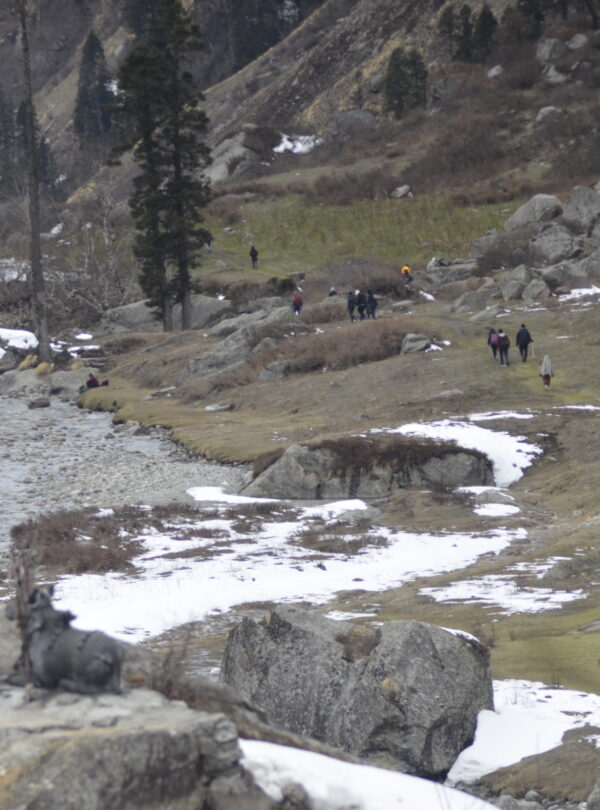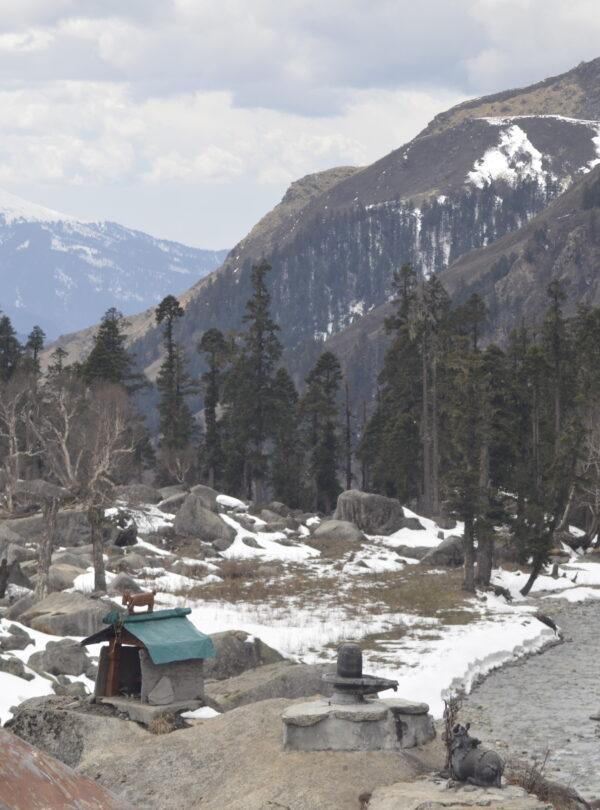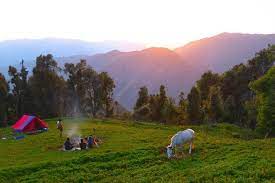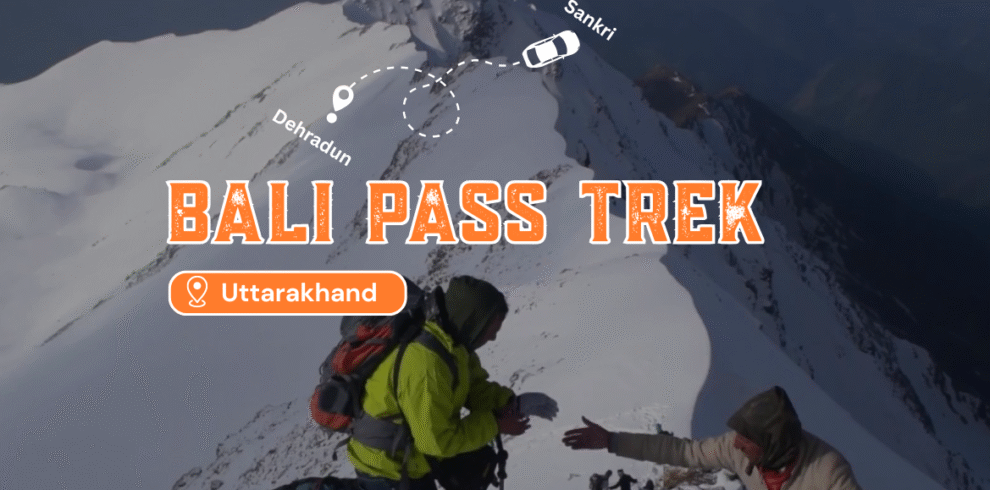Overview
Har Ki Dun Trek Overview
About The Trek:
Nestled cozily on the hinges of the Gharwal Himalayas, the Har ki dun trek is one of the most popular treks among a lot of trekkers and nature enthusiasts. This exhilarating trek is also known as a hanging valley because of its cradle-shaped mountains.
It is also known as the winter wonderland as in winter the trails are totally covered with snow and the sun throws its rays within the clouds. The Har ki Dun trekking is embraced with soothing sights of deodar trees that will definitely enchant your soul with the pine smell.
Har Ki Doon Trek Quick facts:
Duration: 7D/6N
Maximum altitude: 11,675 ft
Har Ki Dun Trek Difficulty Level: Easy to Moderate
Har Ki Dun Trek Distance: 47 KM
Temperature: 10℃ to 15℃ during the day and 2℃ to -5℃ during the night
Best Time to do Har ki Dun Trek: April to Mid-June and October to Mid-November
ATM: Purola has the last ATM before your trek begins
Start/End Point of the trek: Sankri Village
Highlights
- Trek to an elevation of up to 12,000 ft. above sea level as you take in the fascinating views of Swargarohini group of peaks.
- Experience the oldest trek route of the Himalayas and witness the Beautiful ancient culture, mountain views, forests, grasslands, meadows, rivers, streams and even an alpine lake.
- Trail on the same route taken by the Pandavas in the Mahabharata on their ascent to heaven.
- Get a chance to explore ancient villages that are 2,000 years old and get fascinated by small slice of the local life.
Itinerary
Harkidun Cost Includes
- 1. Accommodation – You will be staying in a Guesthouse/camps in Sankri and in camp on the remaining days of the trek (3 people/tent). The room/tent is separate for the male and female participants.
- 2. Meals – (Breakfast, lunch, snacks, and dinner). We provide simple, nutritious veg/Jain food on all days of the trek
- 3. Trekking equipment – High-quality tents and sleeping bags in all the camps. Sleeping bags can withstand temperatures as low as -10 ºC.
- 4. Safety equipment – First aid kit, oxygen cylinders, oximeter, etc. will be with the guide/trek leader and at the campsite as well to deal with emergencies.
- 5. Expert trek Leaders – All our trek leaders are at least qualified in basic/advanced mountaineering and first aid courses.
- 6. Expert Trek support team – The mountain staff on Har Ki Dun trekking consists of certified guides, cooks, helpers, and porters.
Being the remotest place to visit, Har ki Doon valley is best during the summer months April-June and spring months late September and November. During monsoon months, July-August-September, the long trekking route may create problems though many trekkers love to challenge themselves during monsoon as the route is not difficult.
Har Ki Dun trek distance is almost 47 KM long and requires one whole week to complete. Keeping aside the long-distance, this trek takes you to the bounties of nature where you can soothe your body and witness the paradisiacal displays. On the route, you can stroll along with the meadows or can walk lazily along with the orchid trails. Har Ki Dun trek is one of the best trekking expeditions that one must witness on a vacation.
The average temperature in Har ki Doon region ranges from 10 degree Celsius to 15 degree Celsius during the day time. The temperature can also drop down to as low as 2 degree Celsius to 5 degrees Celsius at night. Keep in mind both the temperature and wind flow while packing your woolens.







